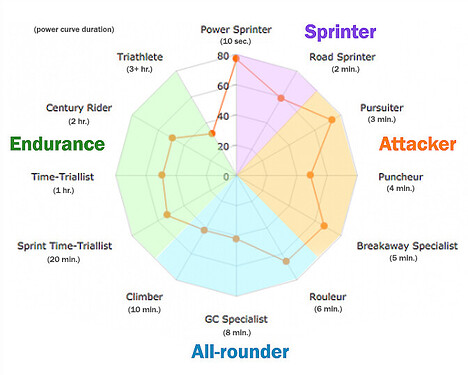Sorry, another question. This time about form/tireness. Probably asked before but I can’t find any topic similar.
I’m in my build phase for GC Specialist focus training. In the build phase the hard interval workouts are very hard for me and I need to be fresh. I’m planning to do one such workout tomorrow. As Joe Friel says, hard interval workouts should be something you fear, and I do just that with the harder prescribed Xert workouts.
Question, why do short hard efforts impact tiredness much more than longer zone2/3? Example:
Today Xert is proposing a 90 minute ride in zone 2/3 (eg. Save Yourself - 90 @ 99 xss). This means intervals in zone 3 and the rest in high zone 2. This for me will actualy be tiring, I did this yesterday and I was tired. However, if I do this then Xert projects I’ll be ‘fresh’ tomorrow.
Instead I did a recovery ride, 60 mins in zone 1, but with a single 20 second sprint at the end (zwift group ride), 45 xss. With this short sprint it has now put me as tire/yellow for tomorrow.
Where my body doesn’t seem to agree with Xert is in these recovery days, Xert seems to continually think I can do 90-120 minutes zone 2/3 and be recovering, whereas other platforms would probably prescribe much lower intensity recovery rides. I’m not sure why it is, I’m not sure if Xert overestimates my training status when it gives me 4 stars. Four stars is ‘elite’ and I’m probably not even competitive, I just spend quite a lot of time on the bike… is there a way to tell Xert that I’m not an elite athlete? or to get it to understand that 90 mins zone 2 with zone 3 efforts is tiring?



